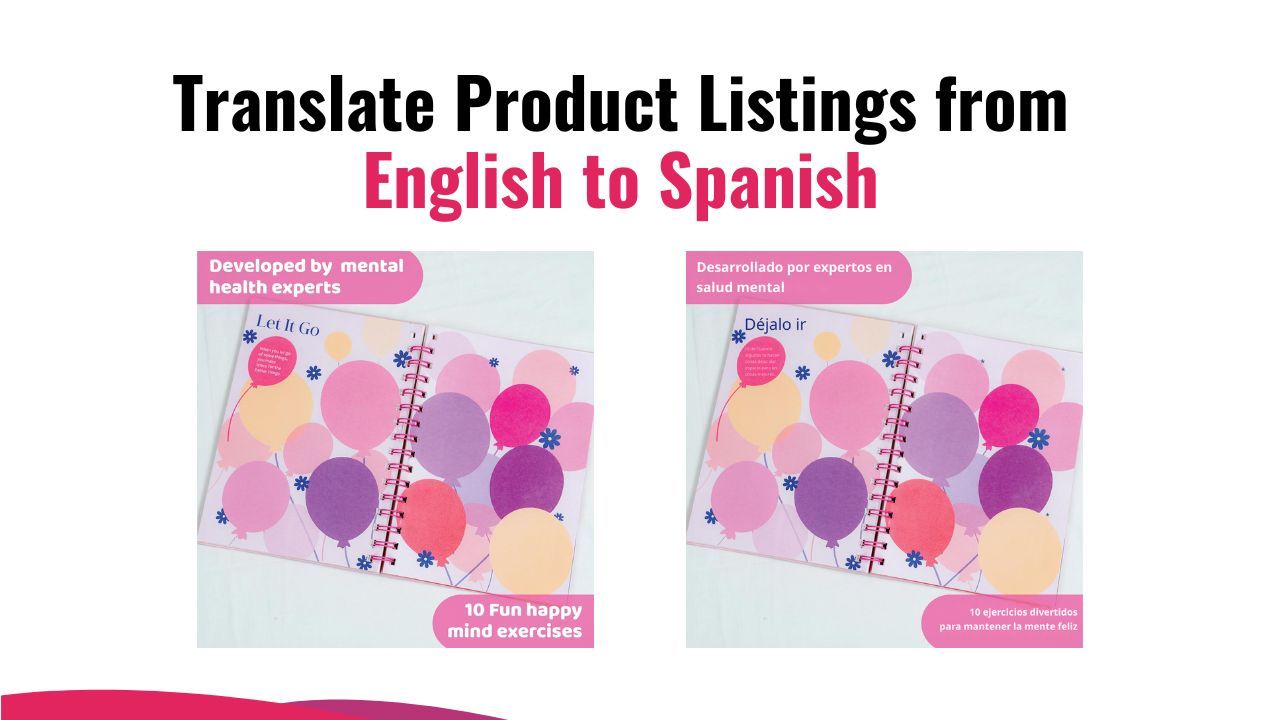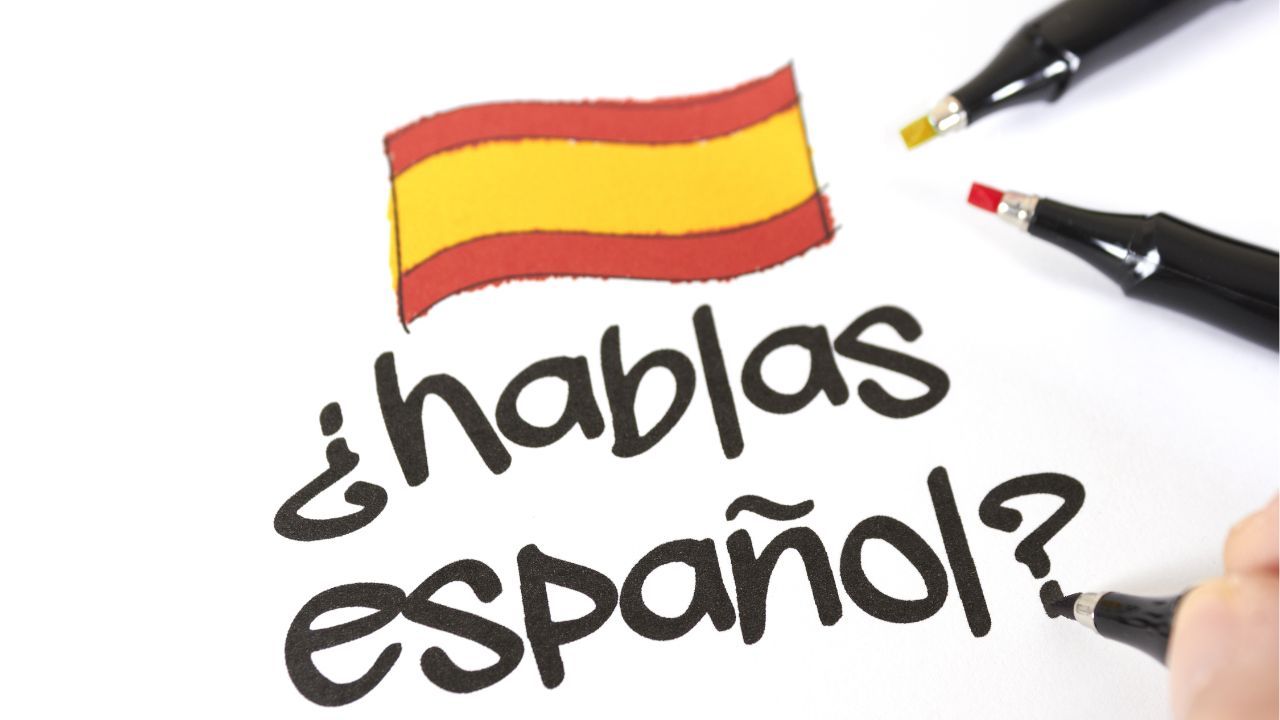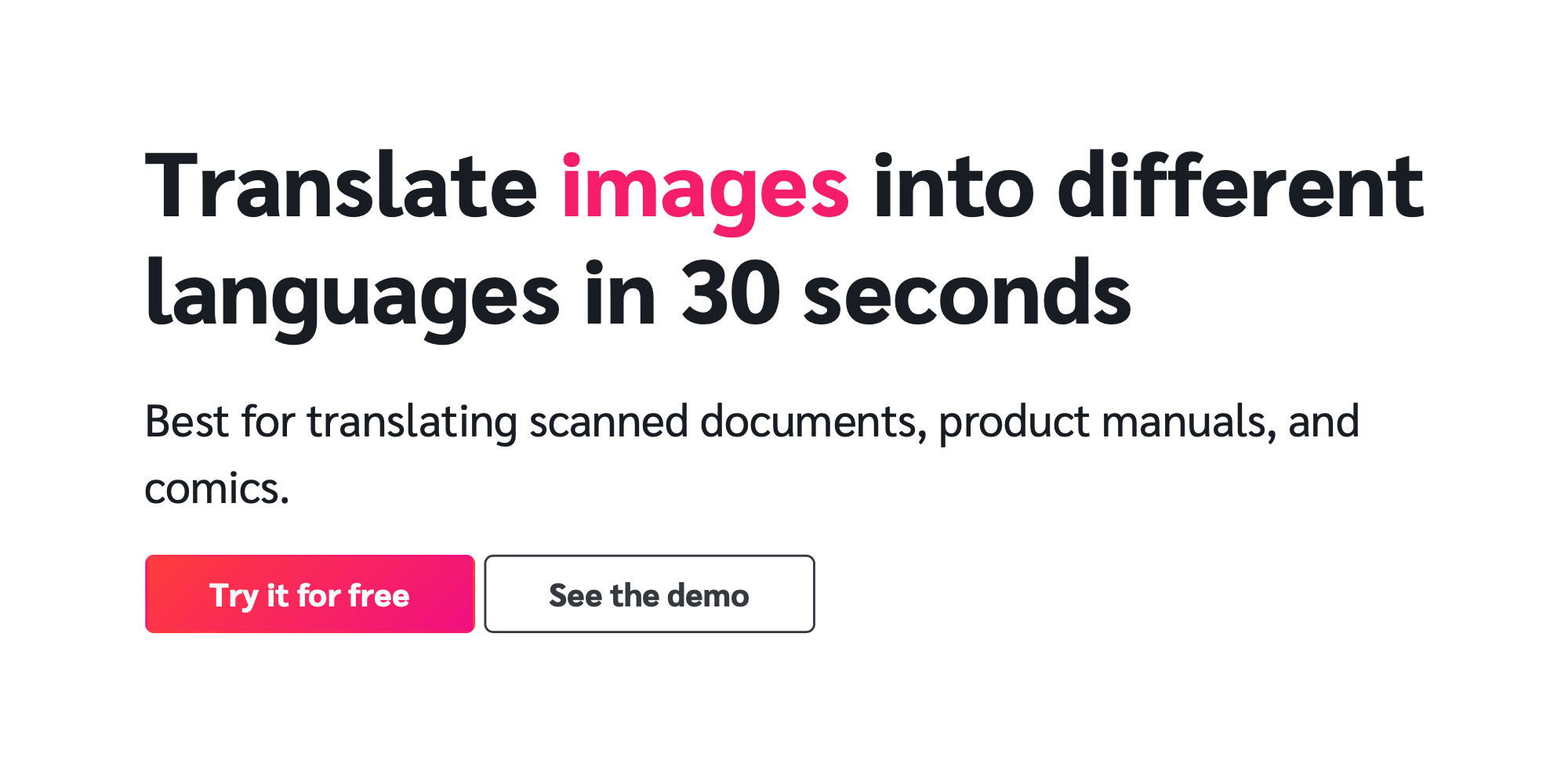Unlock New Markets: A Guide to Translating Your Product Listings from English to Spanish

With e-commerce thriving worldwide, the opportunity to expand your business has never been bigger. But here’s the catch—if you’re only offering your product listings in English, you're missing out on a massive chunk of the global market. Enter the Spanish-speaking world! Spanish is spoken by over 460 million people globally, making it the second most spoken language after Mandarin. If you haven’t yet translated your product listings into Spanish, you’re leaving money on the table.
Translating product listings from English to Spanish isn’t just a technical task—it’s a strategic move that could boost your sales, improve your SEO, and earn you loyal customers in new markets. In this guide, I’ll walk you through everything you need to know to make your English-to-Spanish translations seamless and impactful. Plus, I’ll introduce you to a handy tool, ImageTranslate, that’ll take your efforts up a notch. Ready? Let’s dive in!
Why Translate Your Product Listings into Spanish?

Before we jump into the step-by-step guide, let’s quickly touch on why you should bother translating your product listings into Spanish in the first place.
1. Tap into a Huge Market
Did you know that Spanish is the official language in 20 countries? Think of the potential customers you can reach by translating your listings. With Spanish-speaking consumers shopping in droves across Latin America, Spain, and even the U.S., where over 41 million people speak Spanish at home, you’ll be unlocking a whole new demographic for your business.
2. Build Trust & Connection
Consumers are far more likely to purchase a product when it’s described in their own language. Offering product listings in Spanish shows that you value your customers and want to make the shopping experience easier for them. It builds trust, and trust leads to loyalty—something every business owner wants.
3. Boost Your SEO Game
Translating your product listings into Spanish isn’t just about connecting with customers—it’s also a smart SEO move. By adding Spanish keywords, product descriptions, and titles, you increase your chances of being found by Spanish-speaking buyers through search engines like Google and on e-commerce platforms like Amazon.
Step-by-Step Guide: Translating Your Product Listings into Spanish
Now that you know why translation is crucial, let’s break down exactly how to translate your product listings effectively.
Step 1: Decide on Your Translation Method
You’ve got options when it comes to translating your listings. Each has its pros and cons, and your choice will depend on factors like budget, time, and the complexity of your products.
1. Manual Translation (Professional Translators)
This is the go-to if you want precision and cultural nuance. Professional translators understand how to convey your product’s unique selling points while ensuring the translation sounds natural in Spanish. While this method ensures the highest quality, it can be costly if you’ve got a lot of listings to translate.
2. Machine Translation Tools
Tools like Google Translate and DeepL have come a long way, offering fast and free translations. However, they might not always get the subtleties right. Machine translation works best for straightforward products but can lead to awkward or even incorrect translations if used for more technical or nuanced descriptions.
3. Hybrid Approach
Many sellers use a hybrid approach: machine translation for the initial draft, followed by professional proofreading and tweaking. This gives you the best of both worlds—speed and accuracy.
Step 2: Focus on Localization, Not Just Translation
Translation is more than simply swapping words from one language to another—it’s about localization. This means adapting your content to ensure it makes sense for Spanish-speaking audiences, no matter where they are.
For example:
1. Measurements: While U.S. shoppers are used to inches and pounds, Spanish-speaking markets often prefer centimeters and kilograms. Make sure your listings include the appropriate units for your audience.
2. Cultural Sensitivity: Words and phrases can have different meanings depending on the region. The word "computadora" is commonly used in Latin America for "computer," while in Spain, "ordenador" is the more popular term.
In short, localization ensures that your Spanish-speaking customers feel like the product was designed with them in mind, not just roughly translated from another language.
Step 3: Use ImageTranslate to Translate Text in Your Product Images

Here's something that many sellers overlook—product images often contain crucial text. Whether it’s promotional banners, feature callouts, or instructional graphics, the text in your images is just as important as your written listings. This is where ImageTranslate can be a lifesaver.
What is ImageTranslate?
ImageTranslate allows you to translate the text embedded in your product images while keeping the original design intact. Instead of hiring a designer to recreate every image in Spanish, ImageTranslate lets you directly replace English text with Spanish without losing the original format and style.
Why Use It?
- Time-Saver: No need to create entirely new images for different markets.
- Consistency: It ensures that your images and text align seamlessly, giving your listings a polished, professional look.
- Affordability: Instead of paying designers to remake every image, you can simply translate the existing ones.
For example, if your product image says “Waterproof up to 30 meters,” ImageTranslate will help you seamlessly turn that into “Resistente al agua hasta 30 metros.”
Step 4: Translate Your SEO Keywords
Your product listings need to be optimized not just in English, but also in Spanish. If you want your products to show up in Spanish-speaking customers' search results, you need to include relevant keywords in Spanish.
For example, instead of “cheap shoes,” the direct translation would be “zapatos baratos.” However, a better alternative might be “calzado económico,” which is more likely to be used in search queries.
Do a bit of research into the local terms used by Spanish-speaking consumers. Use keyword research tools like Ahrefs, SEMrush, or even Google Keyword Planner to discover which keywords are trending in Spanish-speaking markets.
Step 5: Proofread for Accuracy and Tone
Don’t underestimate the power of proofreading. After translating your listings, make sure they are carefully reviewed by a native speaker, or someone fluent in both languages. The last thing you want is an awkward translation or a term that doesn’t make sense culturally.
A few things to look out for:
- Grammar and Syntax: Ensure your sentences are grammatically correct and flow well.
- Product Accuracy: Double-check that important details like measurements, materials, and features are accurate.
- Tone: Ensure your tone is appropriate for the market you’re targeting. For example, in some Spanish-speaking cultures, a formal tone is preferred, while others lean more toward casual language.
Step 6: A/B Test Your Translations
Once your product listings are live, monitor their performance and tweak them if needed. For example, you can run A/B tests with different headlines, product descriptions, or keywords to see what resonates best with your Spanish-speaking audience.
Pay attention to metrics like:
- Click-Through Rates (CTR): Are people clicking on your listings?
- Conversion Rates: Are visitors buying after reading your listings in Spanish?
- Customer Feedback: Look at customer reviews and questions to spot any confusion or missed details in the translation.
Final Thoughts: Taking Your E-commerce Game to the Next Level
Expanding your e-commerce business into the Spanish-speaking market is a smart and scalable way to grow. Translating your product listings from English to Spanish not only broadens your audience but also enhances your chances of making genuine connections with new customers.
By localizing your listings, optimizing SEO with relevant Spanish keywords, and utilizing tools like ImageTranslate to ensure your images are spot-on, you’ll be well on your way to opening up exciting new markets. So, take the leap—translate those listings and unlock the vast potential of the Spanish-speaking world!
Remember: Translation isn’t just about words—it’s about breaking down barriers and creating a shopping experience that speaks to your customers’ hearts (and wallets).
Try ImageTranslate today!

